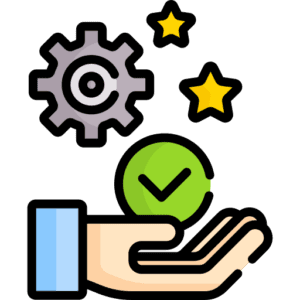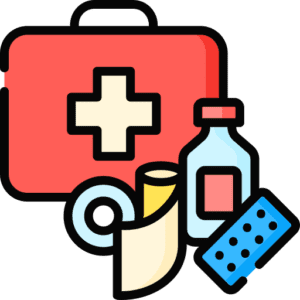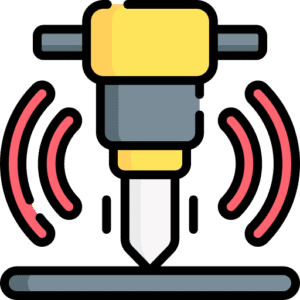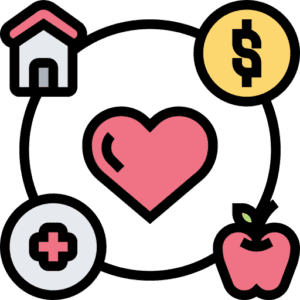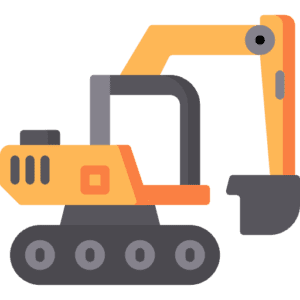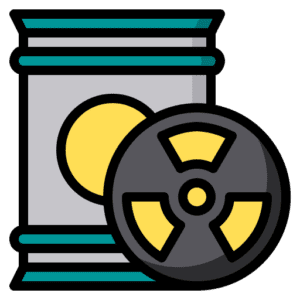CSCS Noise and Vibration Test
Why is Noise and Vibration Safety Important in Construction?
Exposure to excessive noise and vibration on construction sites can cause serious health issues, including hearing loss and hand-arm vibration syndrome (HAVS). Prolonged exposure to loud machinery and vibrating tools can have long-term consequences, making it essential for workers to understand the risks and protective measures. The CSCS Noise and Vibration Test ensures that workers are aware of these hazards and know how to minimize their impact.
What Will You Learn in This Test?
This test evaluates your understanding of noise and vibration hazards, protective equipment, and legal responsibilities. By taking this test, you will learn:
The dangers of prolonged exposure to loud noise and vibrations
Common health conditions caused by noise and vibration exposure
How to use protective equipment such as ear defenders and anti-vibration gloves
Safe working practices to minimize risks
Employer and employee responsibilities under health and safety laws
Key Topics Covered:
Health Risks of Noise Exposure – Hearing loss, tinnitus, and other auditory conditions.
Health Risks of Vibration Exposure – HAVS, carpal tunnel syndrome, and circulation problems.
Control Measures – How to reduce exposure through engineering controls, PPE, and work practices.
Personal Protective Equipment (PPE) – Proper use of ear protection and vibration-reducing gloves.
Legal Responsibilities – Compliance with Control of Noise at Work Regulations and Control of Vibration at Work Regulations.
Why Take This Test?
Protect your health by learning how to reduce noise and vibration exposure.
Stay compliant with workplace safety regulations.
Improve workplace safety by implementing best practices.
Prepare for the CSCS Noise and Vibration Test today and ensure you are working safely in high-risk environments!



